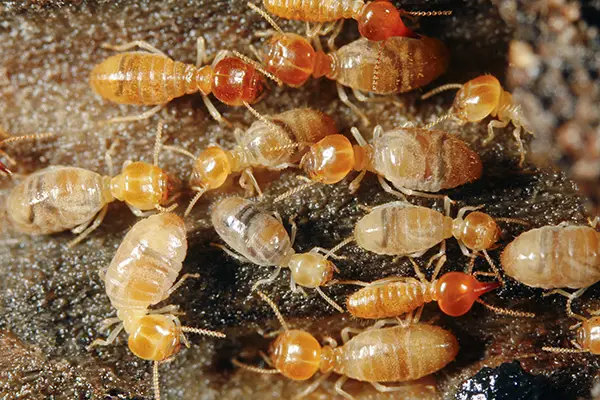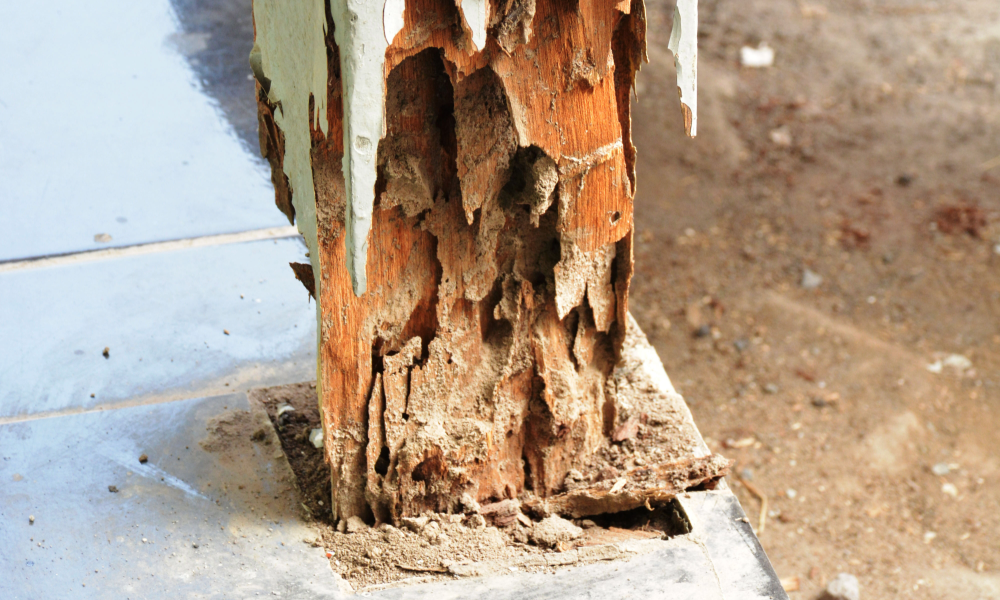Rotten wood and termite damage has caused trouble in Florida homes. Homeowners occasionally deal with both of these problems. If you fail to take immediate action, this might quickly get worse. When wood is damp and has fungus growing on it, rotting sets in. It turns fragile and spongy.
However, termites that eat wood are the ones that inflict harm. They hollow it out by eating the substance from the inside out. It can be difficult to tell one from the other because of how similar they can appear. But in the long term, being able to identify them can save you thousands of dollars on house repairs. No matter what is going on, if you see any wood damage, immediately call for professionals.
If you think that termites might be present in your home, schedule an appointment for an inspection by contacting a reputable termite and pest control agency right away. Paradise Heights Pest Control can identify the issue and suggest the best line of action. Meanwhile, understand the difference between termite-damaged and rotting wood.
Is it Important to Call For Professionals?
Know The Type of Damage
When it comes to damaged wood, getting professional assistance is essential, particularly if the damage is extensive. Make an immediate appointment with a pest control agency if you are an owner and unsure if a damaged piece of wood has termites in it. Significant turning brown, cracking, or the appearance of mushy, crumbling wood are indicators of extensive wood degradation.
Understanding The Damage
You cannot choose the best course of action for therapy until you are certain of the damage’s origin. This is where professionals can assist. Knowing what kind of harm you have and why to call specialists is the main reason to do so.
Teams specializing in pest treatment are skilled in distinguishing between termite damage and decay. They may remove termites from the property by using the appropriate techniques and equipment. They can also put plans in place to make sure these pests never come back.
What Are The Deciding Factors of Determining The Type of Damage
Source of the problem
When exposed to a moist and humid atmosphere for an extended length of time, the wood begins to rot. Over time, fungus and moisture work together to break down the fibres in wood. However, termites’ consumption of wood causes termite damage. In fact, these insects eat the cellulose in wood, weakening its structure and leaving it empty. The problem starts with the deterioration of wood, and it is essential to know why it is happening.

Both texture and appearance
Rotten wood is discolored and has a spongy, mushy touch. It also smells unpleasant, like something you might find in places with trees or forests. Its look makes it clear that the wood is rotted or damaged. Termite damage can sometimes be visible, though. Rather, it is internally hollowed down. Inside, termites often dig tube systems resembling mazes. When it comes to texture and appearance, it is never 100% certain by eyes if it is pest or wood deterioration.
Where the harm originates
You may find rotten wood everywhere, but it’s more common in places with a moist atmosphere. These include a home’s basement, spaces with no ventilation, and close to leaking pipes. Anywhere that termites can access wood, including crawl spaces, walls, and wood foundations, will have termite damage. These can serve as breeding grounds and end up causing a lot of damage to the property.
Signs and symbols
If a piece of wood is rotting, it will show signs of fungus growth and excessive moisture. Their texture is frequently spongy. One can identify termite-damaged timber by looking for.
You may also like
-
Pinery Residences Unveils Unique Living at the Heart of Tampines
-
Narra Residences Bringing Smart Home Automation to the Heart of Dairy Farm Walk
-
Crowd Control to Crisis Management: The Essential Role of Security Guard Services in Large Event Protection
-
The Environmental Impact of Aircon Replacement: What You Should Know
-
Why Solid Oak Doors Are a Smart Investment for Your Home

